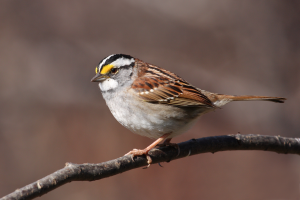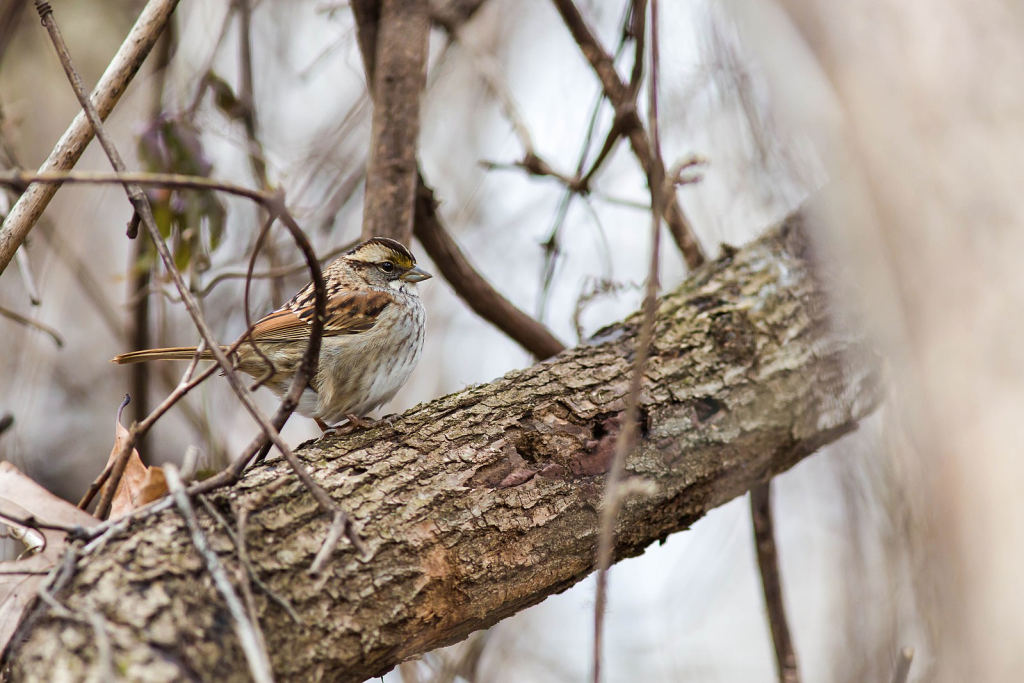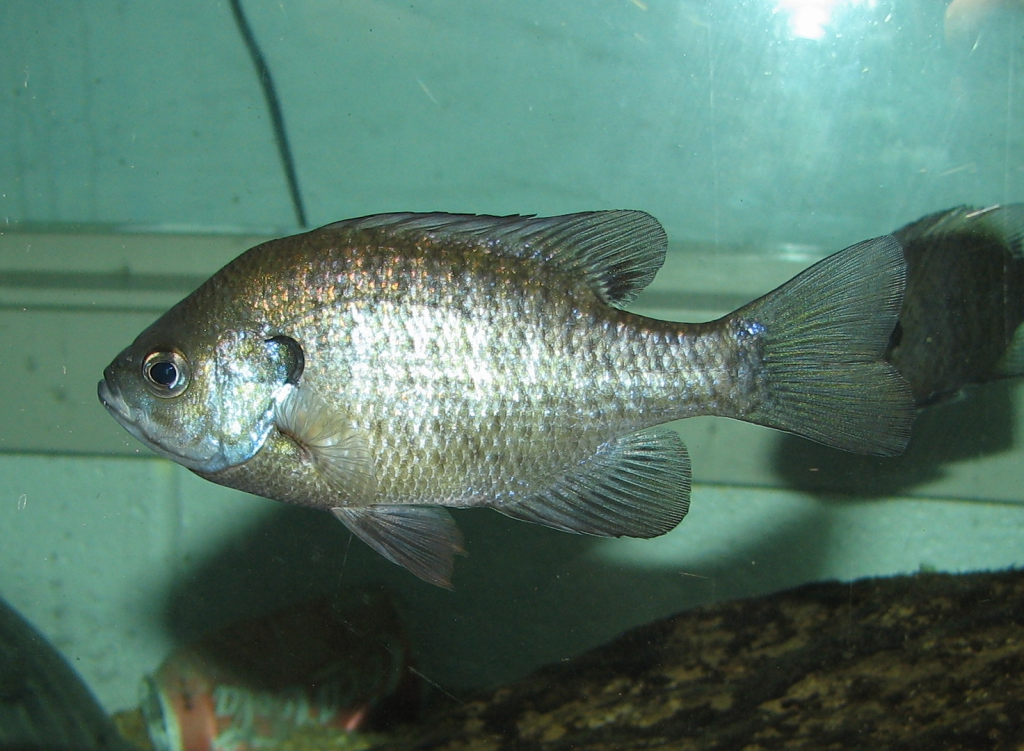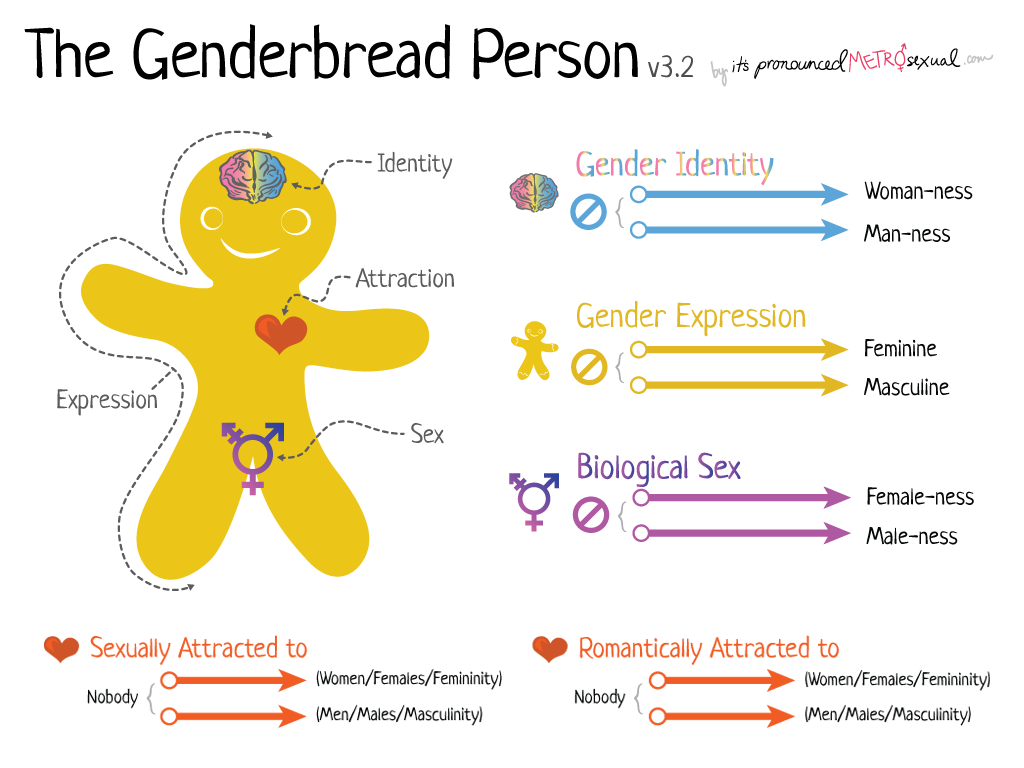8.0 Introduction
Sex and Gender
The white-throated sparrow (Zonotrichia albicollis) is an easily overlooked little bird. It sings a simple song and is not too flashy; its main distinguishing features are the white and black or tan and black stripes on its head. However, scientists who have watched this bird’s behavior and observed its chromosomes have learned fascinating information about this little bird that gives us insight into sex, gender, and the evolution of sex chromosomes.


This bird has two color ‘morphs’ (or variations) of each sex. There are white-striped males and females and tan-striped males and females. There are consistent behavioral differences between the white- and tan-striped morphs. White–striped males and females sing a more melodious (i.e., prettier) song, are promiscuous (they mate with many partners), and are not too attentive to their nests. Tan-striped males and females are unremarkable singers, they are monogamous (they mate only with their partner), and fiercely defend their nests. To add a layer of complexity, the white-striped color morphs of both sexes mate almost exclusively with the tan-striped color morphs of the other sex. Do these birds have 4 sexes within one species? Or 2 sexes, but 4 genders?

Bluegill sunfish (Lepomis macrochirus) have two varieties of males and one variety of female. One male, the parental variety, builds and tends the nest and cares for the offspring, generally fathering most of the offspring in the nest. The other variety of male fertilizes some eggs in the nest through one of two alternative mating strategies: he can either sneak into the nest, fertilize and dart away (the “sneaker” tactic), or he may reside near the nest, but resemble the female (satellite males). These males will also fertilize some—typically a minority—of the eggs in the nest. Some scientists have referred to these two types of males—parental and alternative mating types—as two genders.
From these examples it is clear that some biological definitions of sex and gender are in order. These definitions are especially challenging because the terms sex and gender are often used interchangeably…by biologists and non-biologists alike.
Simply, sex is the distinction between male and female that has to do with biology and anatomy. Sex is often (but not always) binary (meaning there are two forms). The role individuals play in society (gender) is often influenced by sex, but not in a simple way, and this role is not binary. In this chapter we will explore the biology of sex and gender in humans and other organisms.
One artist’s rendition of the differences between sex and gender is here:

CAUTION: Please note that scientists’ understanding of gender is in its infancy. Many of the things we’ll say in this chapter will seem ridiculous in ten years. Our goal is to establish a shared vocabulary around sex and gender, and to give you a snapshot of this rapidly growing body of knowledge.
- Image by: Cephas https://commons.wikimedia.org/wiki/File:Zonotrichia_albicollis_CT1.jpg ↵
- Image: Melissa McMasters from Memphis, TN, United States https://upload.wikimedia.org/wikipedia/commons/2/27/White-throated_sparrow_%2825940489905%29.jpg ↵
- Image: Ltshears, https://upload.wikimedia.org/wikipedia/commons/7/73/BlueGill_002.jpg ↵
- Version 3.2 by itspronouncedMETROsexual.com. ↵

